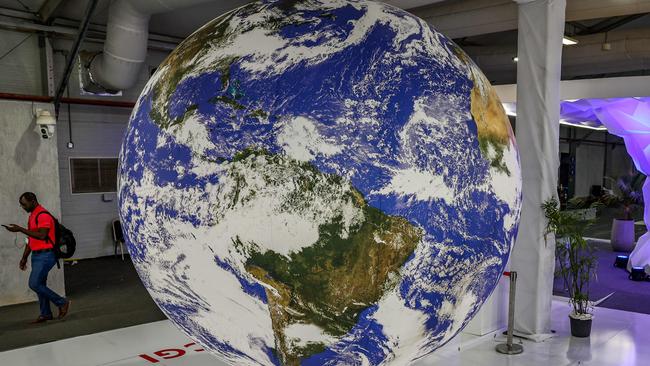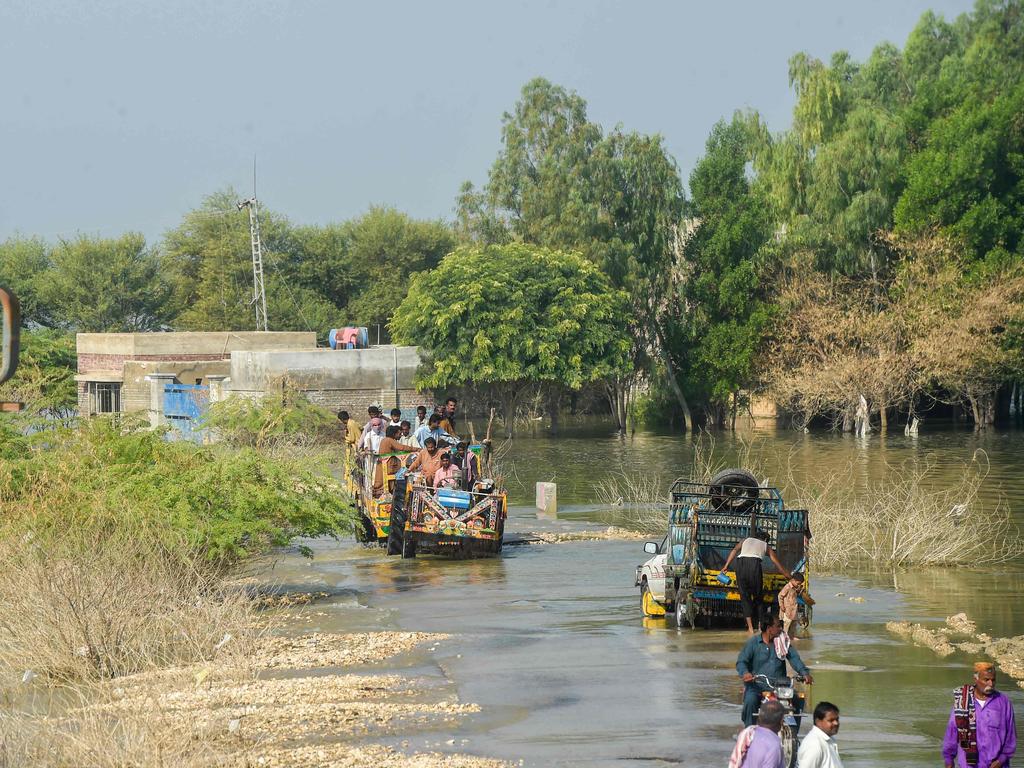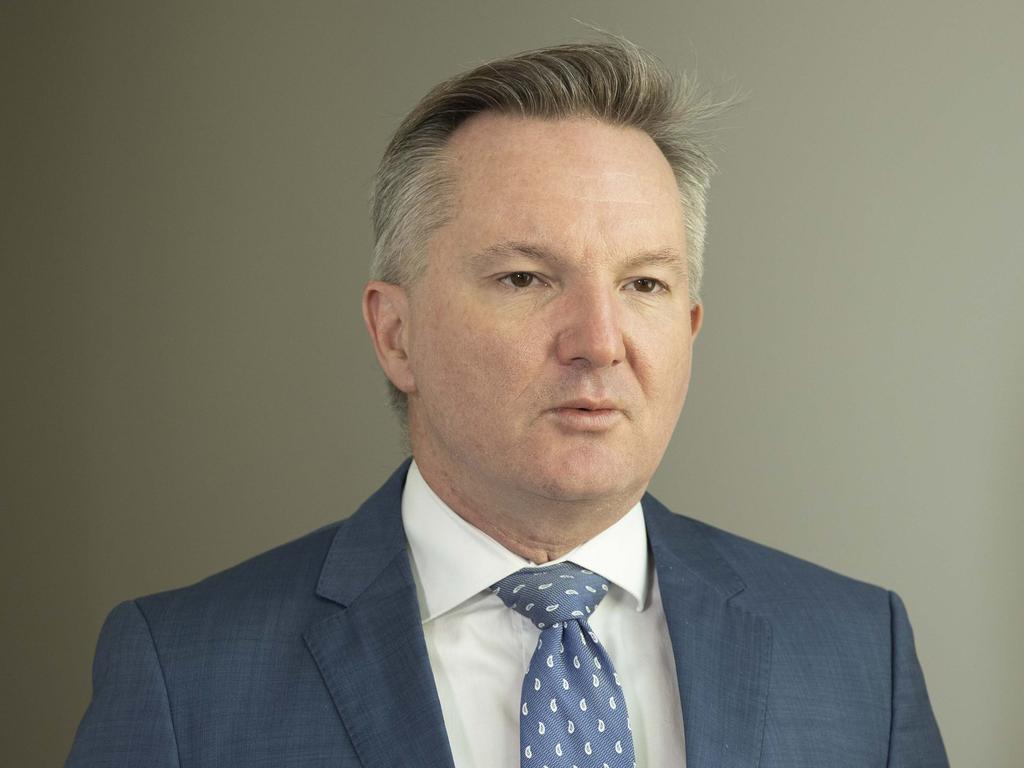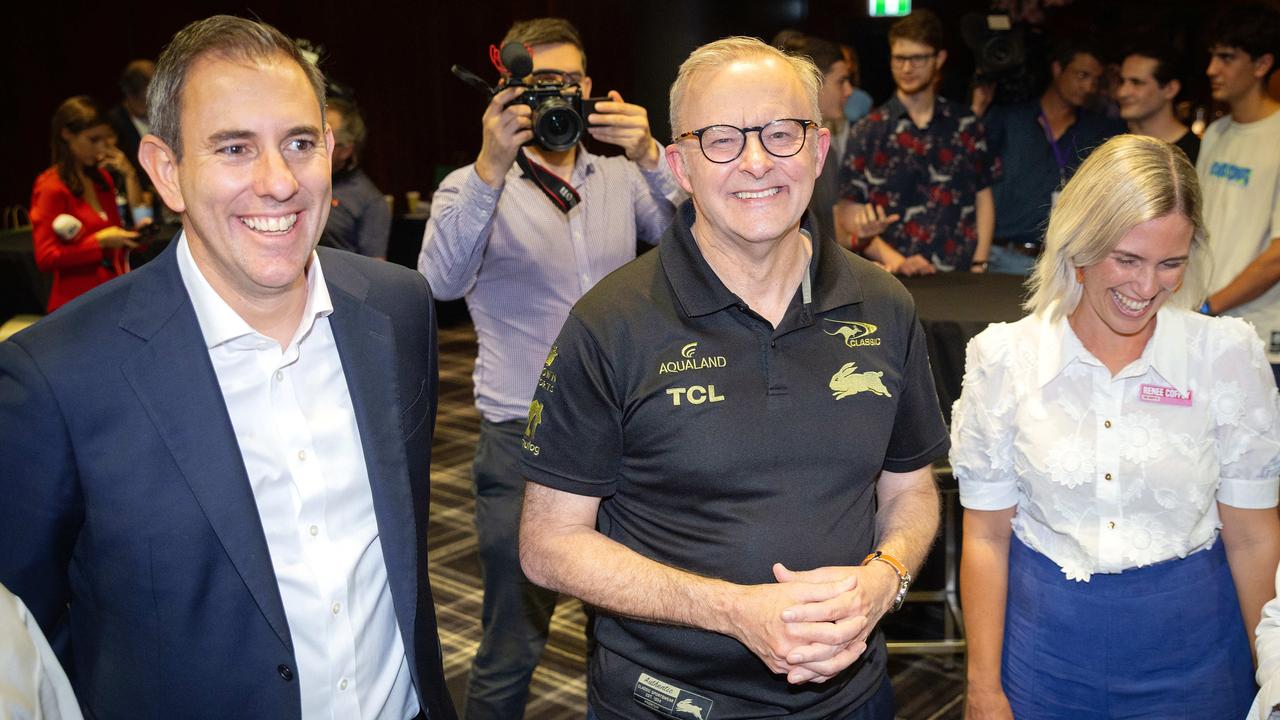
Talks limped across the line two days behind schedule in the early hours of Sunday, Egyptian time, after convening for a final session at 3am.
The executive and government jets were finally scrambled from the Red Sea resort town to let it get back to what it does best, hosting sun-seeking tourists for snorkelling with dolphins, climbing the nearby Mount Sinai and quad biking in the desert.
Delegates agreed that nothing came easy at the COP27 talks.
But a breakthrough agreement was claimed on the issue that was always at the centre of negotiations, the establishment of a “loss and damage” fund through which rich nations can assist vulnerable developing countries cope with the impacts of climate change.
Developing nations are expecting about $US2 trillion a year but there is no agreement on who will pay, how or how much.
But given the incremental nature of the UN Framework Convention on Climate Change process these are details that will keep legions of delegates and civil society NGOs arguing for years about what has been agreed and not delivered.
Rich countries led by the European Union and the United States are determined that China will be a contributor nation to the fund in cash, something China – the world’s biggest emitter but also a developing country – is not ready to agree to.
Climate activists want a levy put on all fossil fuel production worldwide to feed into the fund, and hasten the demise of the fossil fuel industry.
The G7 wants to reform existing structures such as the World Bank to administer climate funding, including as grants, soft loans and debt forgiveness.
Developing countries want grants not loans and, if the Green Climate Fund is any guide, lax rules on how the money is allocated and spent and by whom.
In Sharm el-Sheikh, getting the fund officially onto the agenda and now accepted is considered a big success.
Australia’s climate change Minister, Chris Bowen, played a role in making it happen.
The Albanese government supported loss and damage being put on the formal agenda.
The issue has simmered in the background for 30 years with developed nations reluctant to agree to anything that could expose them to open-ended litigation and compensation.
Australia changed its mind in line with a new consideration for the concerns of Pacific neighbours who, as part of a group of small island states, hold a special place in the UNFCCC process.
Pacific Island nations have a lot to gain from a special purpose loss and damage fund and the issue will no doubt be a big feature as Australia bids to host COP31 with Pacific Neighbours in 2026.
A competing bid to host the COP that year has been lodged by Turkey.
Aside from loss and damage, the other outcome from COP26 was the preservation of what was agreed at COP25 in Glasgow. This includes keeping the target for future warming to the Paris Agreement’s more ambitious target of 1.5C.
This is despite the fact that global CO2 emissions continue to grow and fossil fuels continue to power the world.
The Glasgow COP agreed to phase down the use of unabated coal but rejected an outright ban.
Demands to strengthen the push against coal to include a phase down of all fossil fuel production was rejected in Egypt.
Economist Niki Hutley from the Australia’s non-government Climate Council said: “The fact that there is relief that the 1.5C goal has been kept, rather than seeing much stronger commitments from big emitters on emissions reductions during the past two weeks, tells the real sad tale of COP27.”
But UN Development Programme Head of Climate Policy Cassie Flynn said in a year constrained by competing crises including the Covid pandemic, inflation, a rise in energy and fuel prices, and the war in Ukraine, the outcome of COP27 had been “hard-fought”.
Greenpeace said the establishment of a loss and damage finance facility marked a “new dawn” for climate justice.
But exactly how it will work in practice remains to be seen.
COP delegates will regroup next year in Dubai Expo City in the oil-rich United Arab Emirates, the world’s third-richest country courtesy of carbon intensive industries petroleum, petrochemicals, aluminium and cement.








A favourite breakfast dish in Egypt is fool or foul made from fava beans and many will argue that both wealthy and developing nations were given a full serving at the COP27 climate conference at Sharm el-Sheikh.